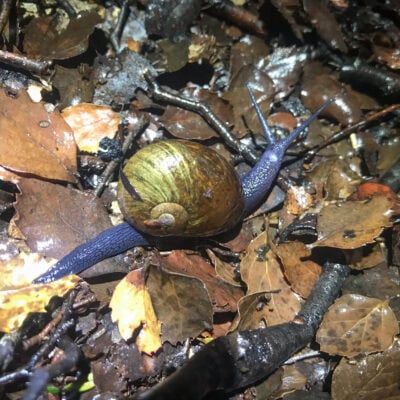
These carnivorous snails slurp earthworms like spaghetti
In February 2025, Justine Hausheer, science journalist for The Nature Conservancy visited the Abel Tasman National Park to investigate the giant worm slurping snails of

In February 2025, Justine Hausheer, science journalist for The Nature Conservancy visited the Abel Tasman National Park to investigate the giant worm slurping snails of

Stoat with chick – David Hallett. Project Janszoon is trialling the latest technology from Zero Invasive Predators (ZIP) – the ZIP Motolure – to make

The elegant kōtuku is rare in New Zealand and only breeds near Whataroa, on the West Coast. Outside of breeding season, between September and January,

Most visitors to the park will see the distinctive pīwakawaka flitting beside the track as this is one of our most widespread native birds. They

This shag is becoming very common along the rocky coastline of Abel Tasman – you will often see them at Split Apple Rock on the

Pūkeko is the New Zealand name for the purple swamphen (Porphyrio porphyrio), or which there are many subspecies. You will often see the distinctive blue

The nīkau palm is our only native palm and unique to New Zealand. It is the southernmost member of the palm family and the most

The pukatea tree is one of New Zealand’s largest with glossy green leaves (puka) and white to grey bark (tea). In the Park, pukatea is

Rātā are special because every few years they flower spectacularly, covering the canopy briefly in red and providing huge supplies of nectar to the tui

Kānuka grows in more fertile drier places and can cover large expanses of hillside. Initially tall and dense it starts to breakdown with age and

Mistletoes are pretty rare in the Abel Tasman thanks to a combination of possums, who love to browse on them, and stoats and rats reducing

Mānuka is one of the most common plants in New Zealand and often linked as one species with kānuka. In fact, it is a different
Get notified about our latest restoration work in the Abel Tasman
